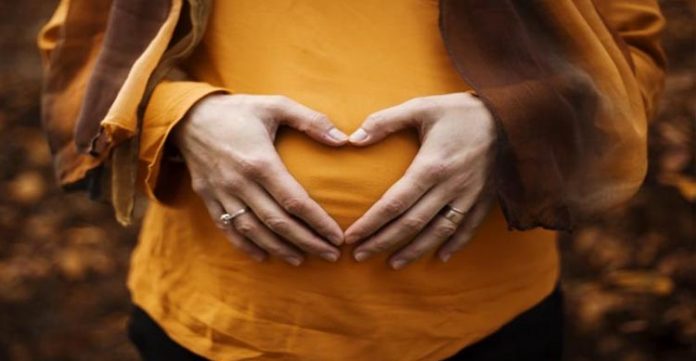Unless abortion is being conducted due to medical reasons, the procedure cannot be carried out, as per the latest abortion policy in China. Through this, the country attempts to restrict the number of human pregnancy terminations, which are performed for “non-medical purposes”.
The new rule published by the State Council, China’s cabinet, on Monday have been brought into effect to stop people from sex-selective abortions and other health hazards for women associated with these abortions. In 2018, the national health ministry had warned against the use of abortion to terminate pregnancies as this could negatively impact women’s bodies and increase risks of infertility.
The latest guidelines are directed at enhancing women’s overall access to pre-maternal healthcare benefits.
As per the statistics of the National Health Commission, about 9.7 million abortions were conducted every year during 2014-2018. This is up by 51 per cent from the data of 2009-2013. The increase in cases was despite the relaxations brought forward in family planning policies in 2015. However, the data did not mention how many of these abortions were due to medical reasons.
According to policy researchers and think tanks, the declining birth rate in China is one of the country’s major social policy issues in the years to come. There was no clarity on whether the latest rules were imposed to tackle this challenge.
Despite China’s listing amongst one of the highest populated countries in the world, it has reported a rather slow birth rate. From 2011 to 2020, it had the slowest rate since the 1950s. This is likely to slow down further in a few years time.
For decades, China had an “all or none” policy that restricted couples from having more than one child due to the growing population. However, the nation is now on its way to encourage them of having more children through the new policies.
The one-child rule was taken over by the permission of 2 children. In June, Beijing allowed couples to have 3 children. The increasing burden of raising children has been attended to as the nation is introducing policies to help families.
In 2005, a state think tank reported that a couple would require 490,000 Chinese yuan or $74,838 to raise a child. This was up 4 times to 1.99 million yuan or $308,030 in 2020.
However, medical insurance and social welfare payments are not provided to the majority of single mothers. Several of them are also afraid pregnancies and childbirth could potentially affect their careers negatively.







